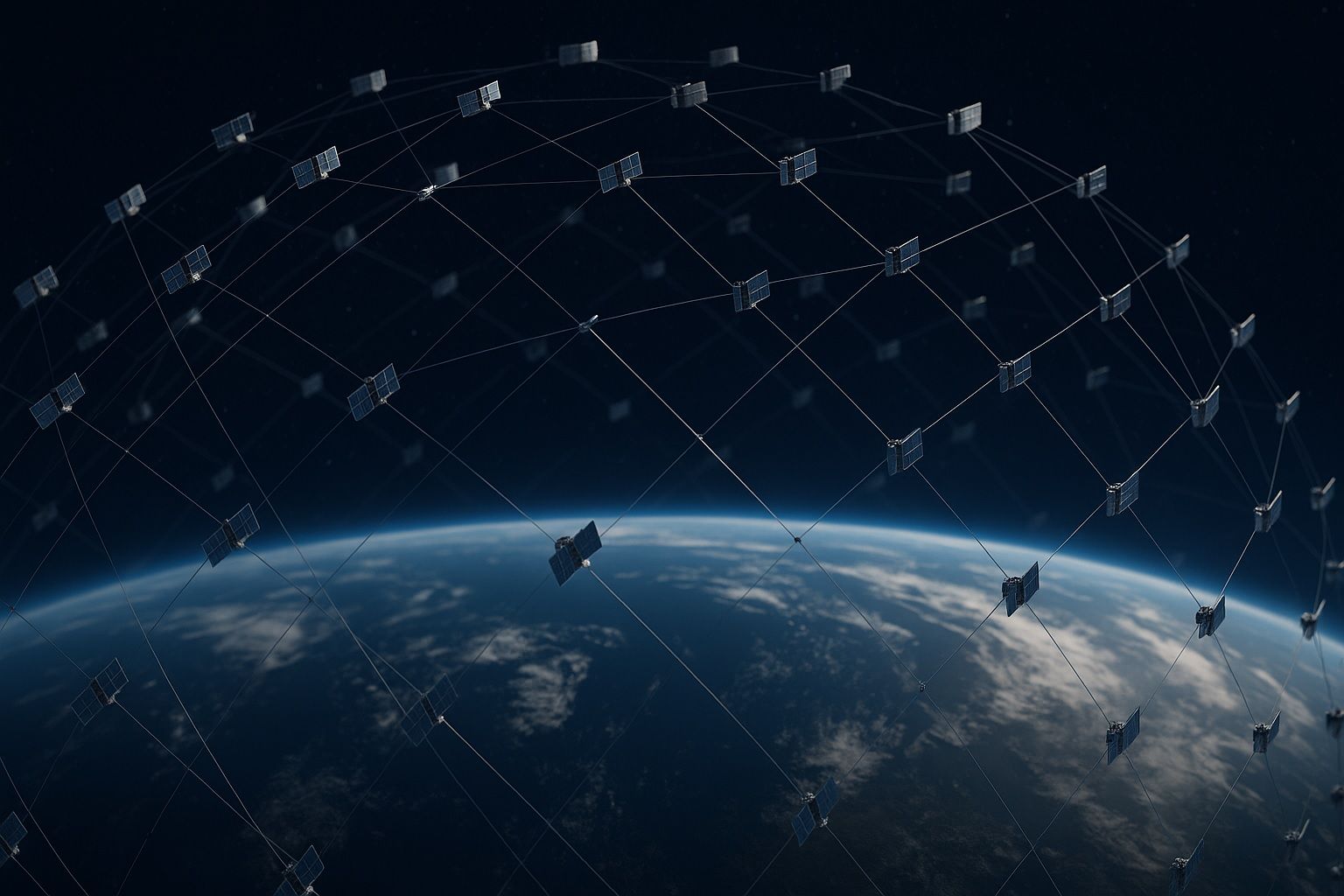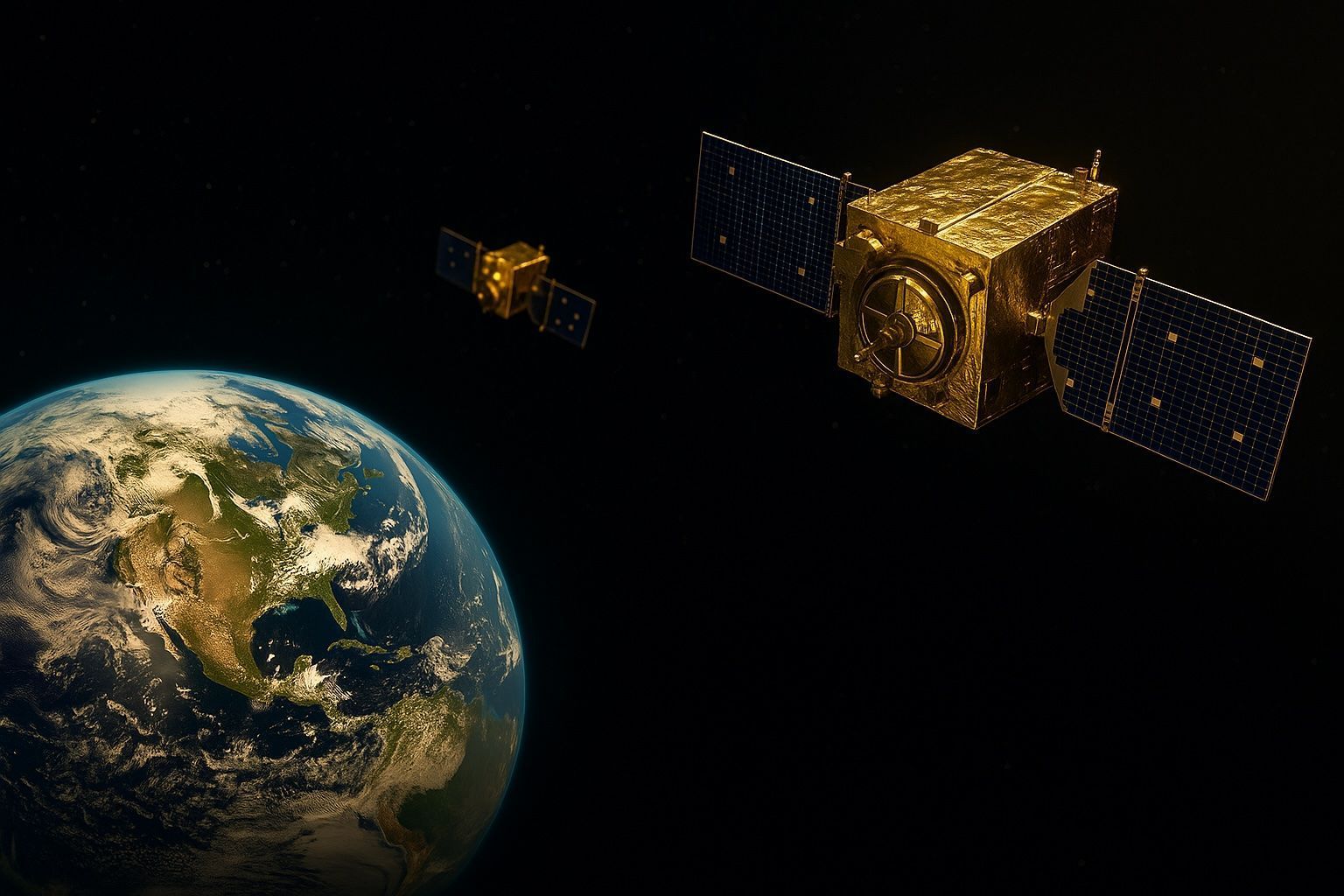
Spies in the Sky: The Ultimate Guide to Spy Satellites and Their Secrets
The CORONA (Discoverer) program operated from 1959 to 1972 as the United States’ first photo-reconnaissance satellite program, with Discoverer XIV achieving the first mid-air film recovery in August 1960. KH-11 KENNEN (CRYSTAL), first launched in 1976, introduced electro-optical digital imaging






